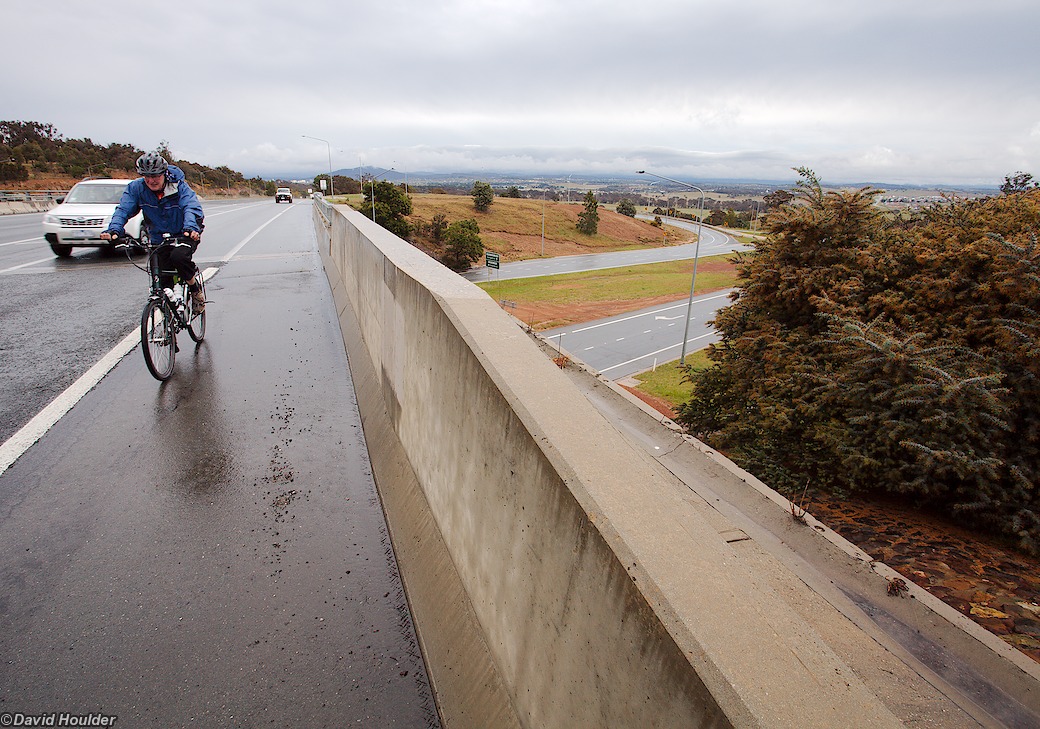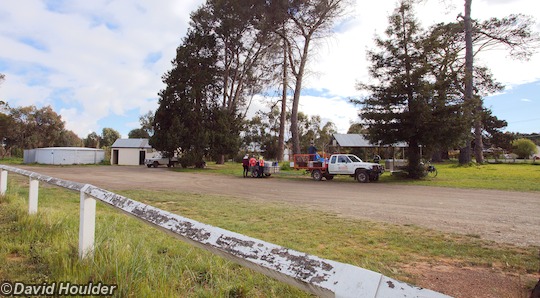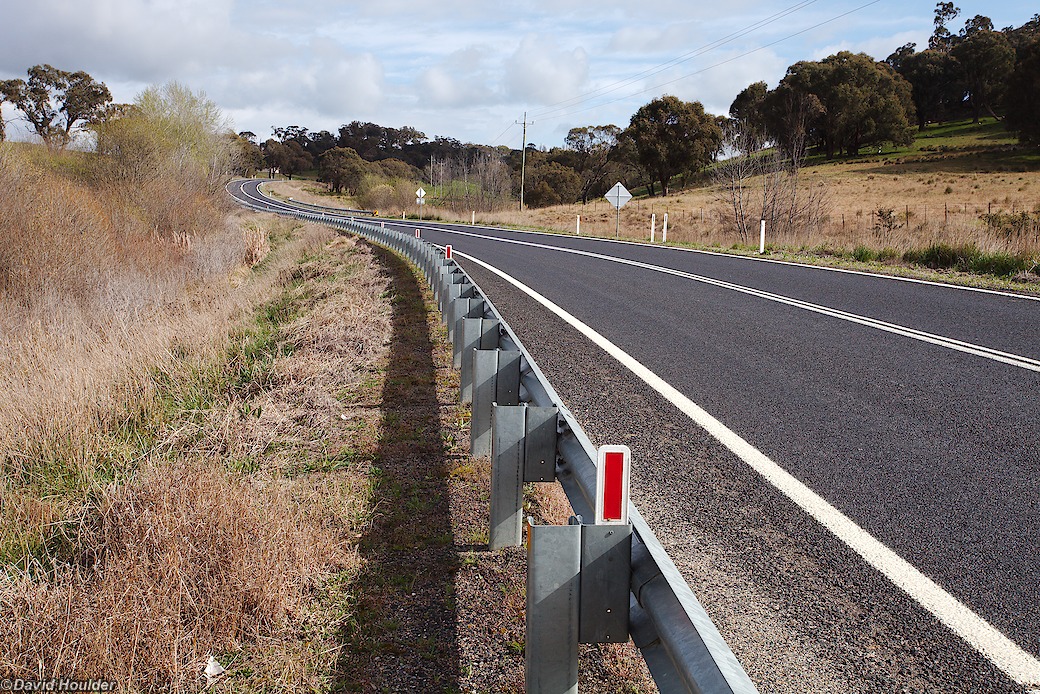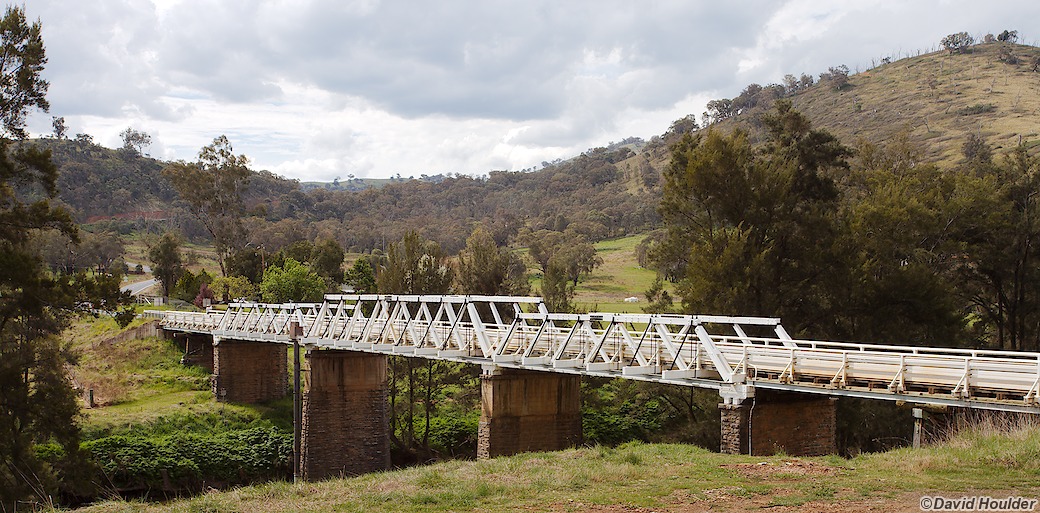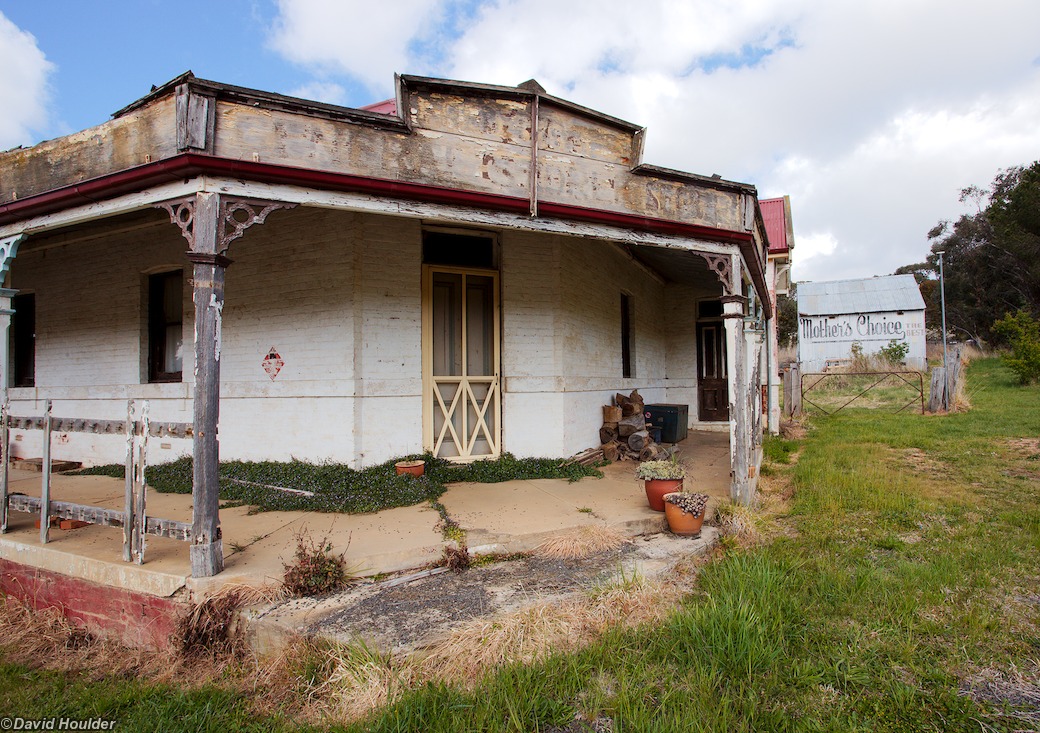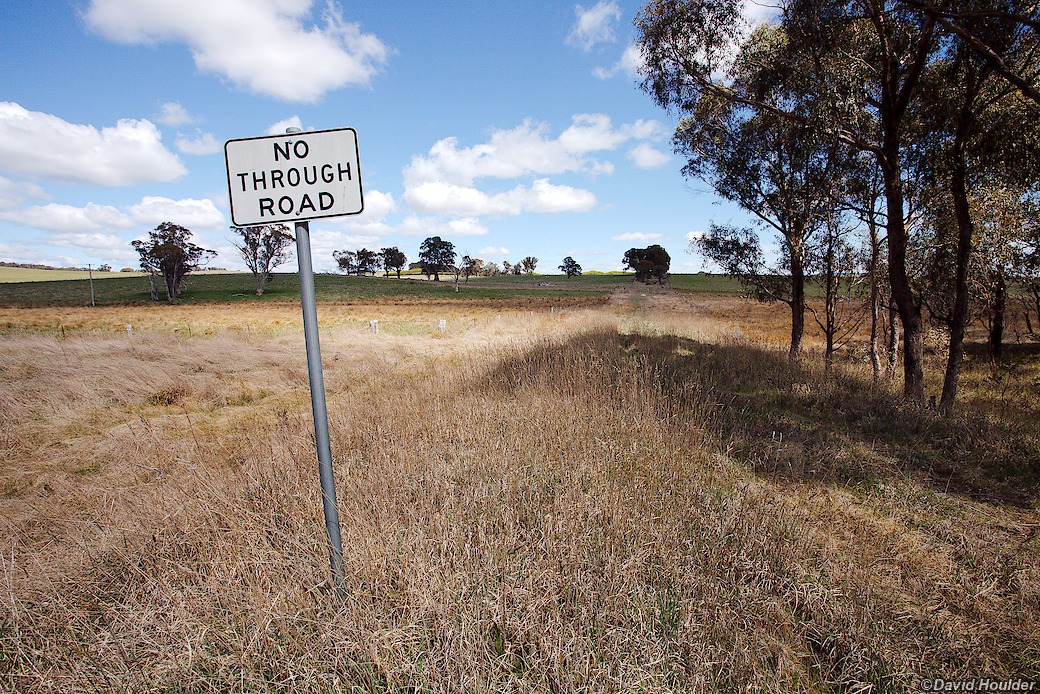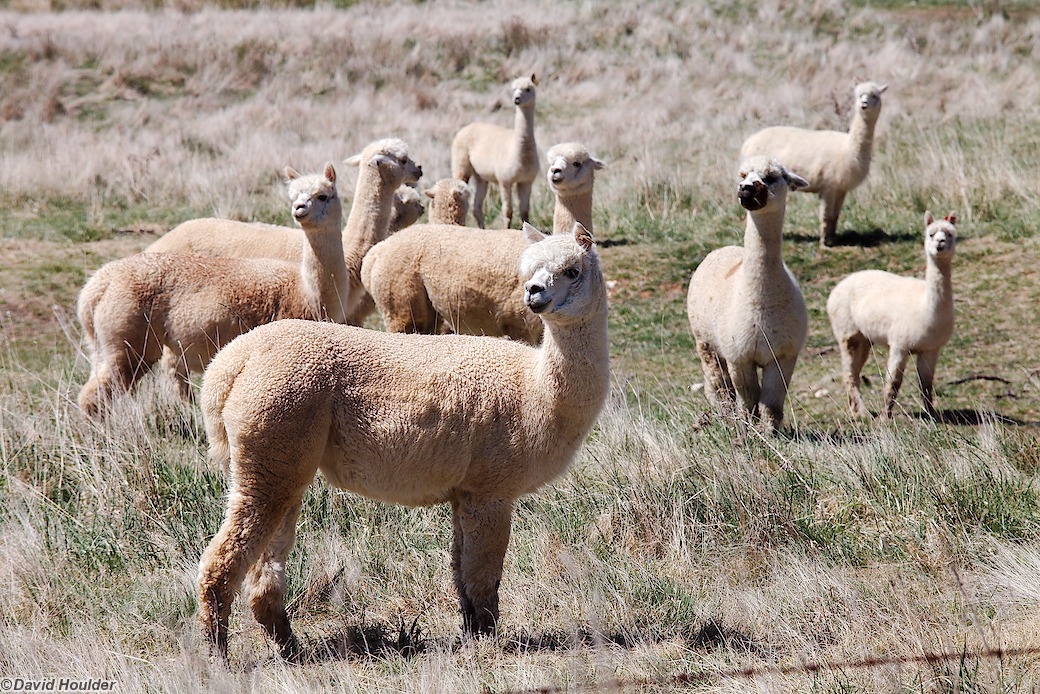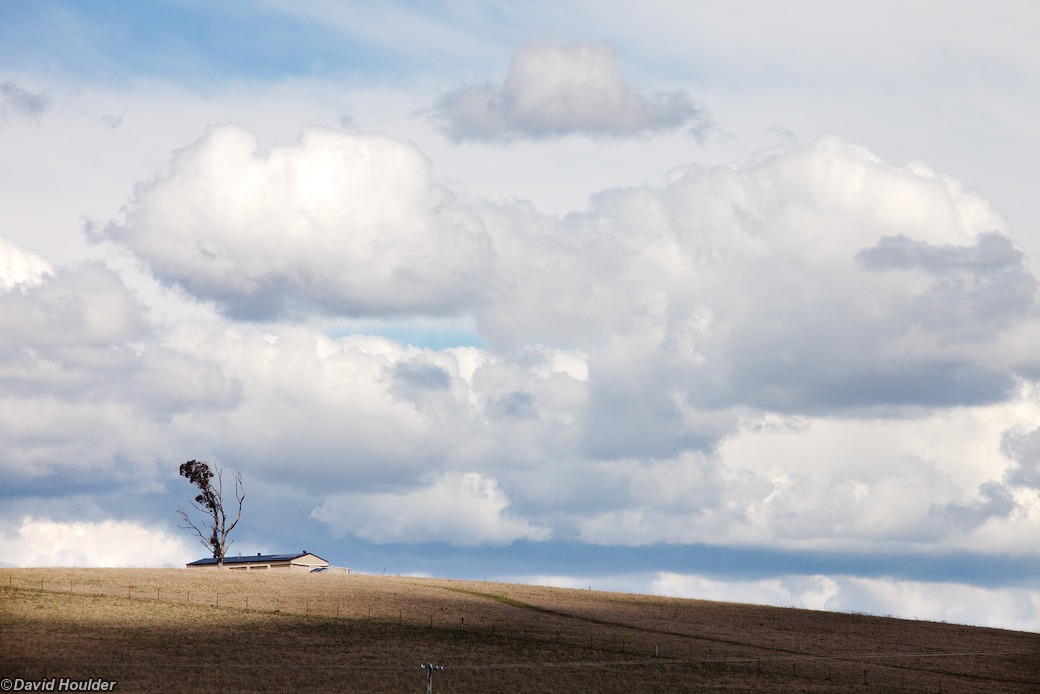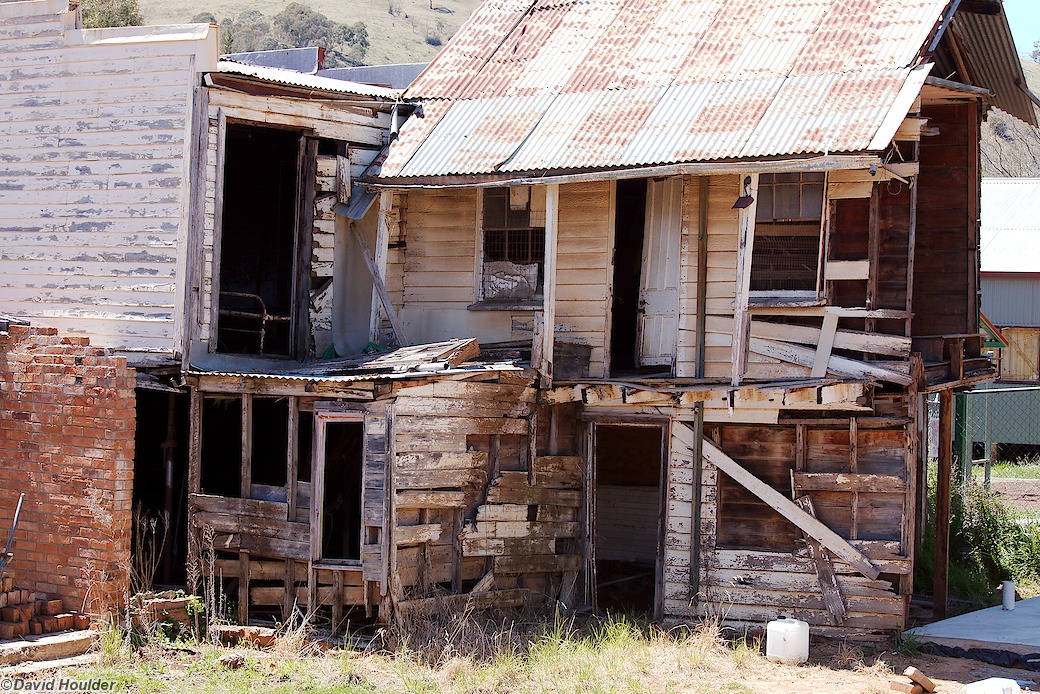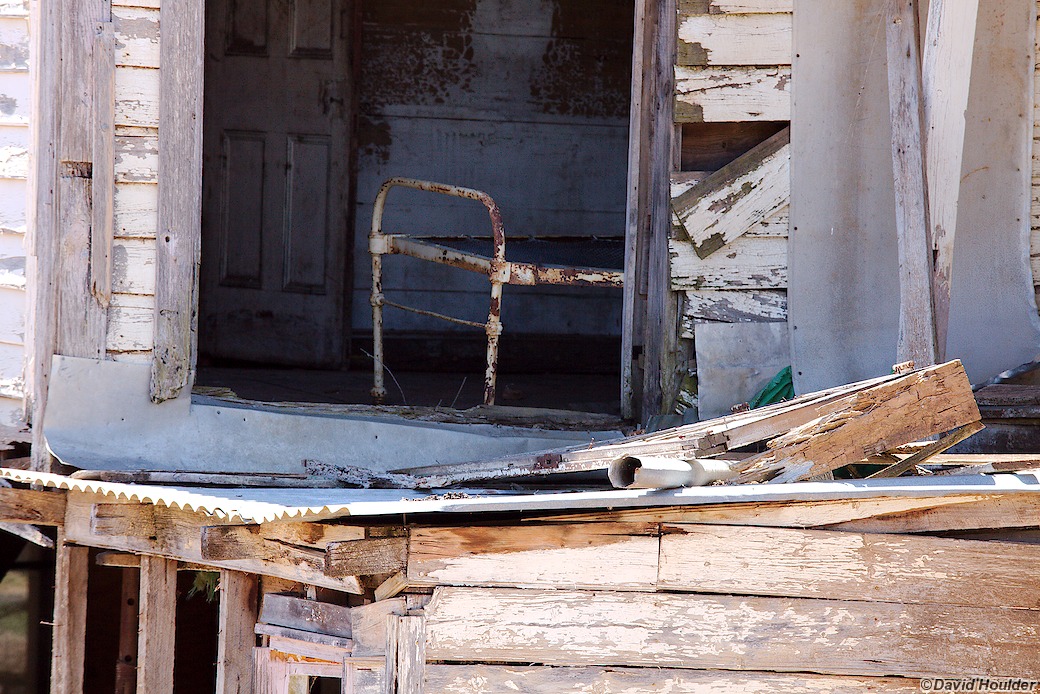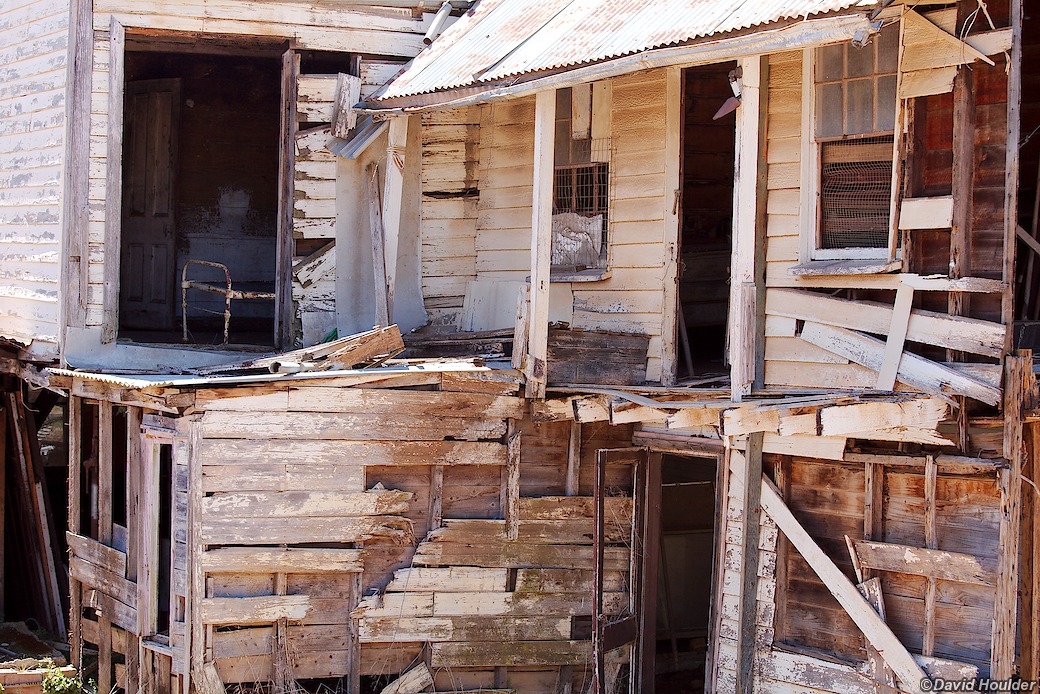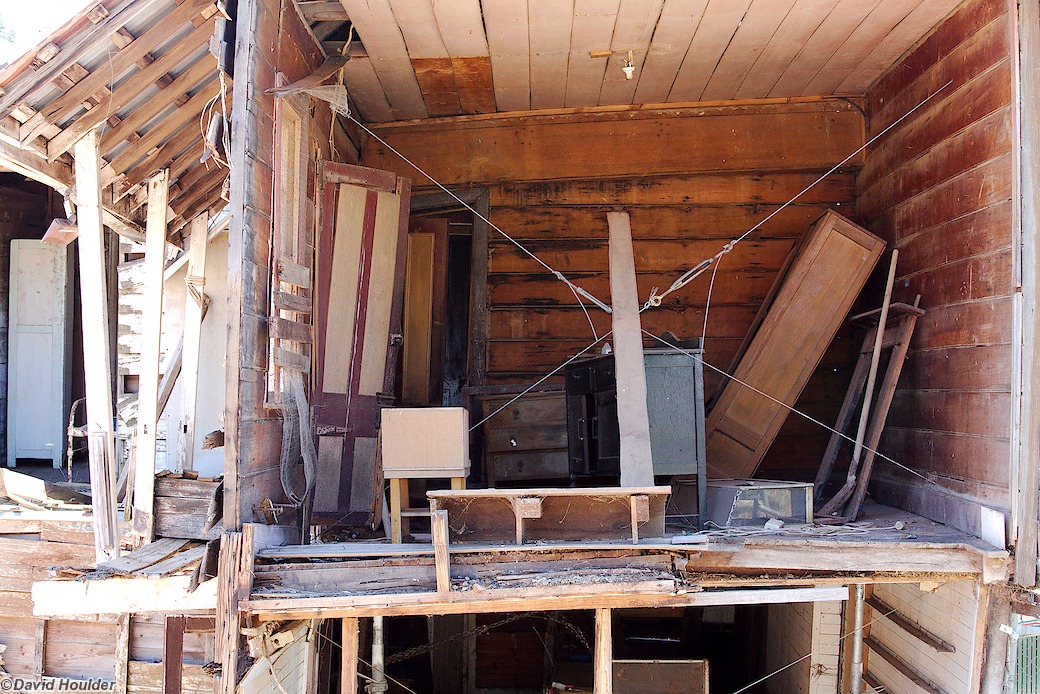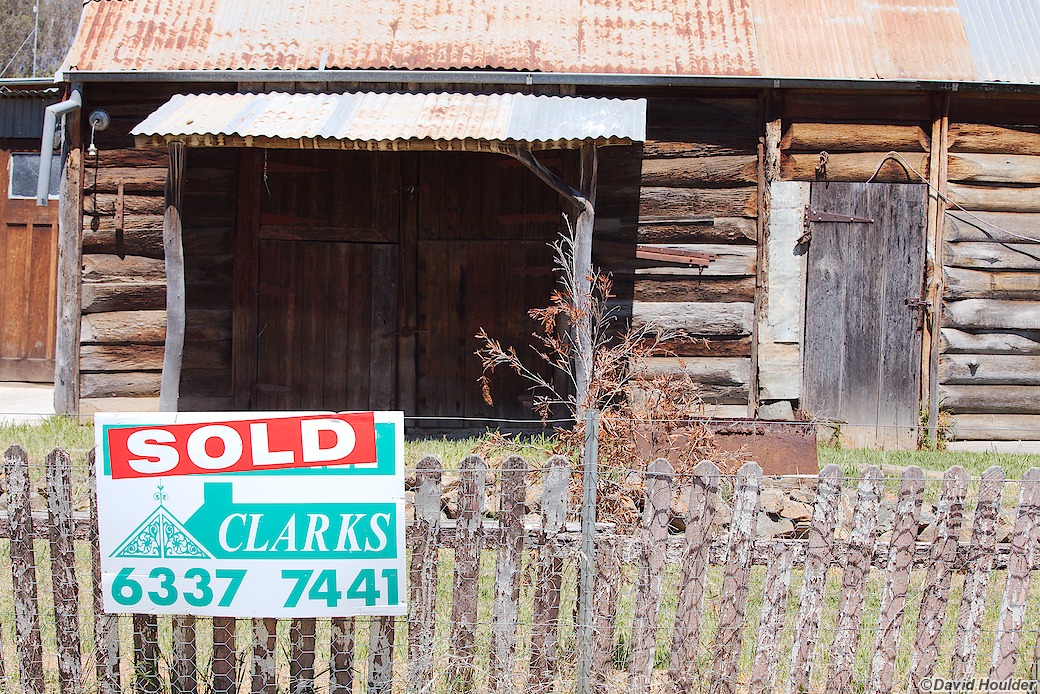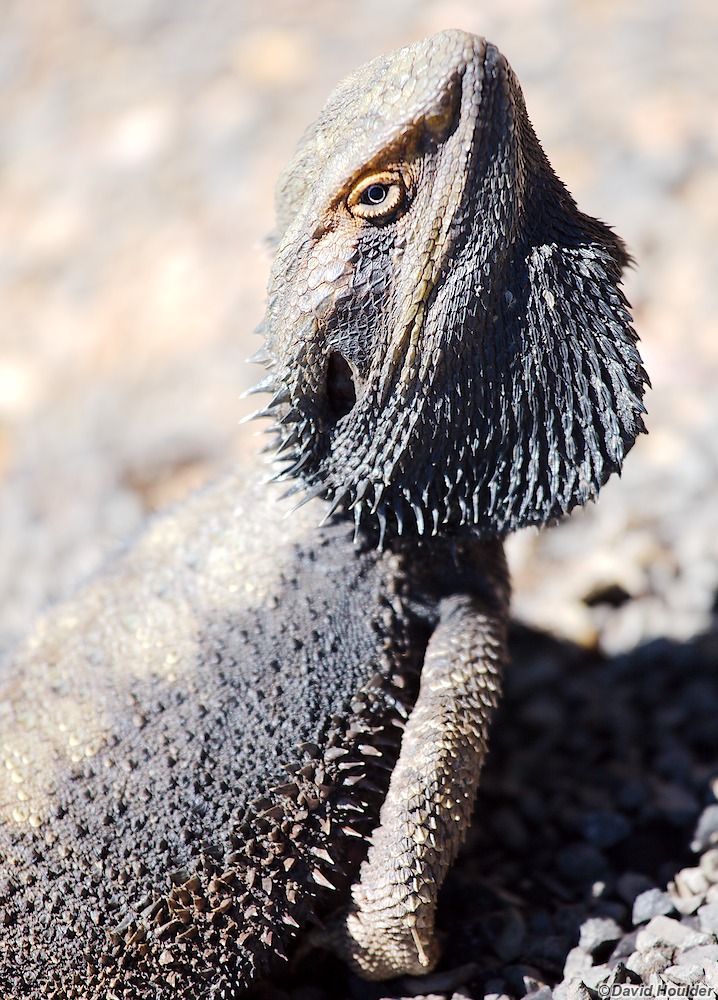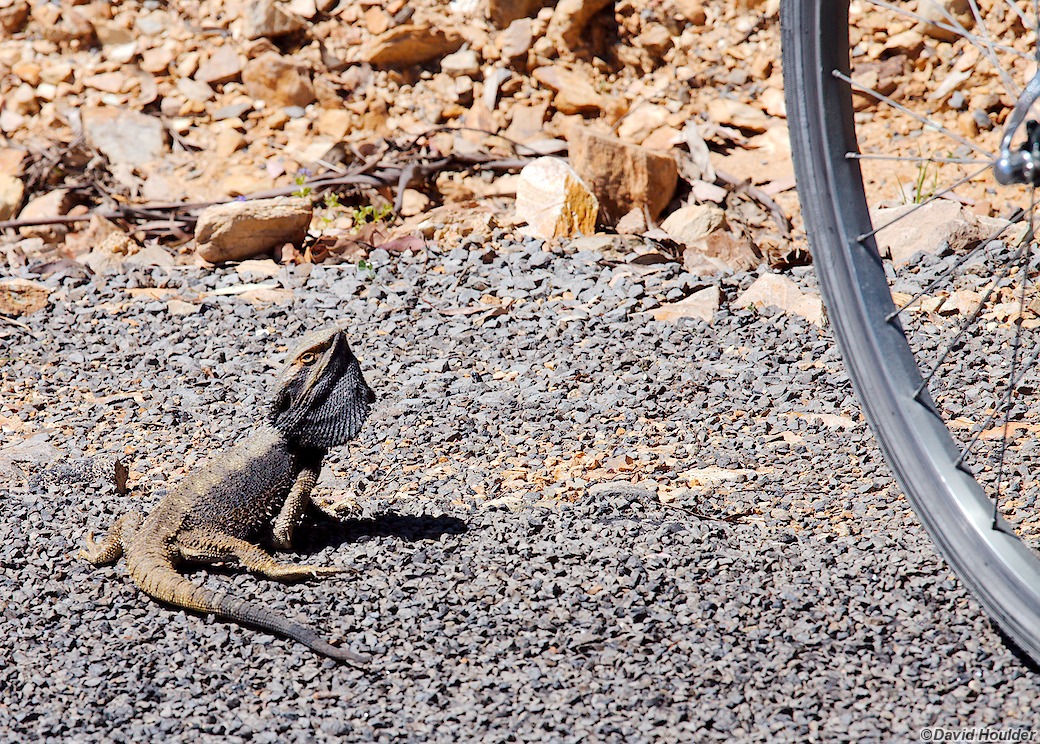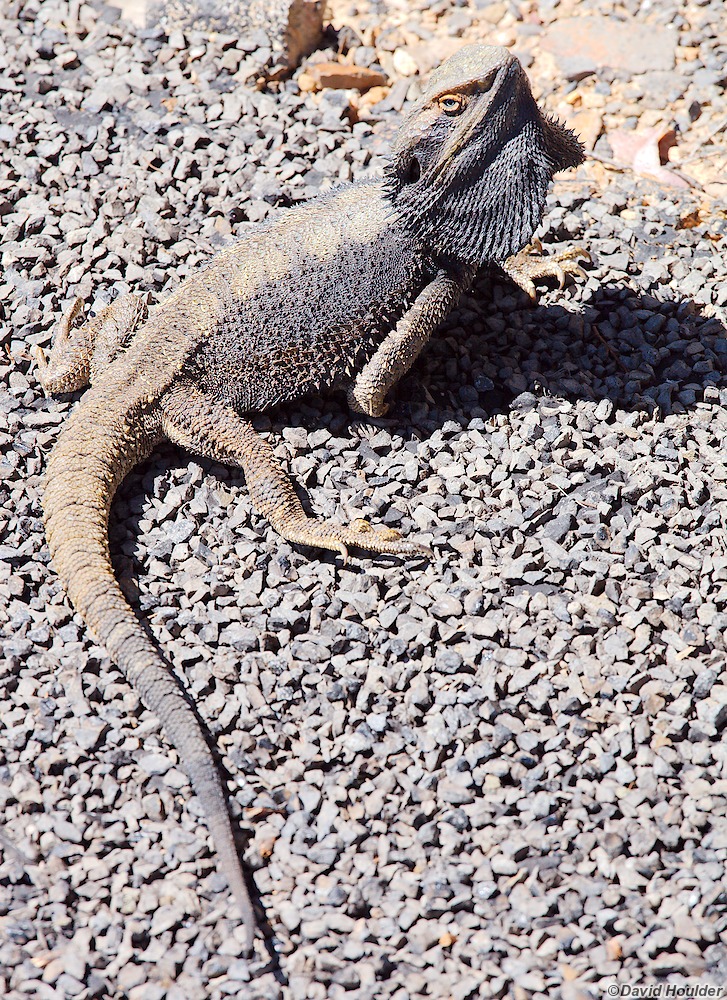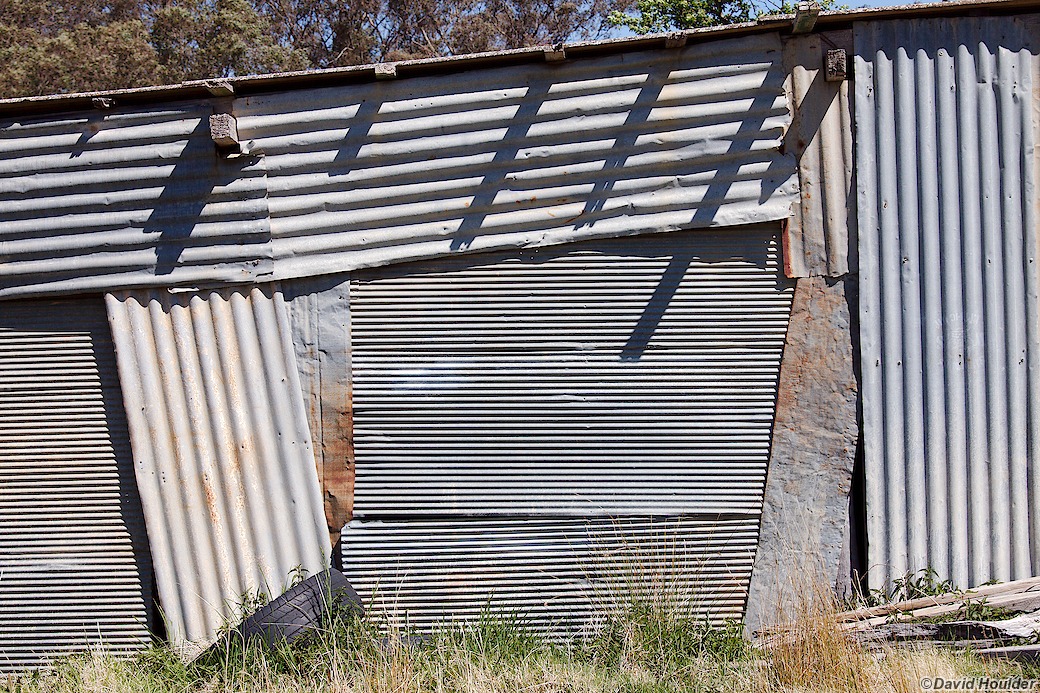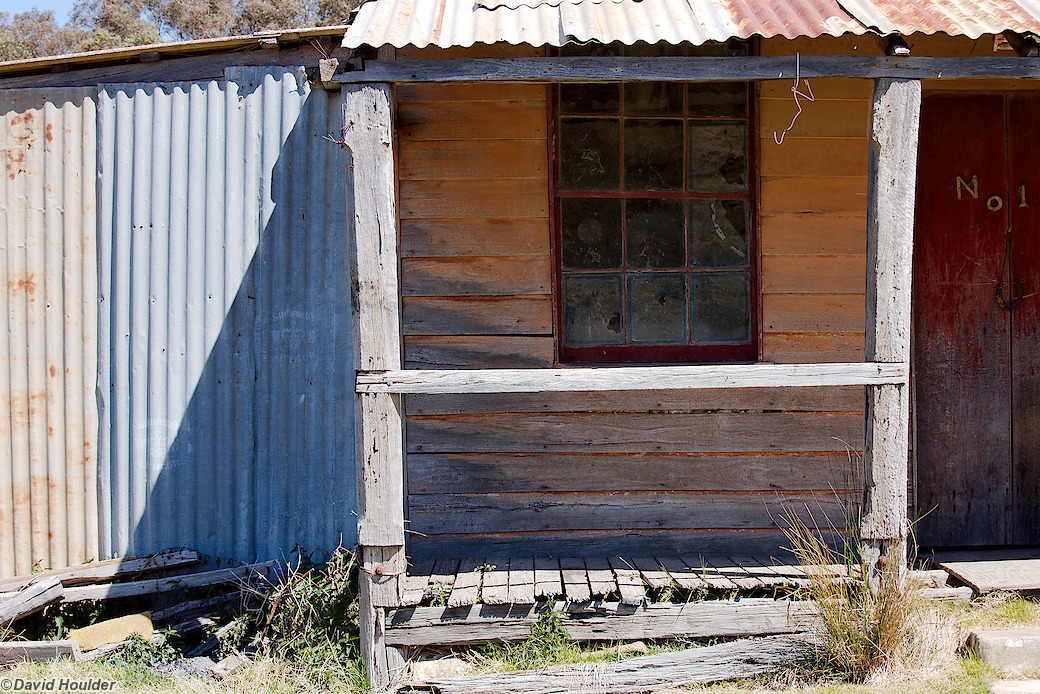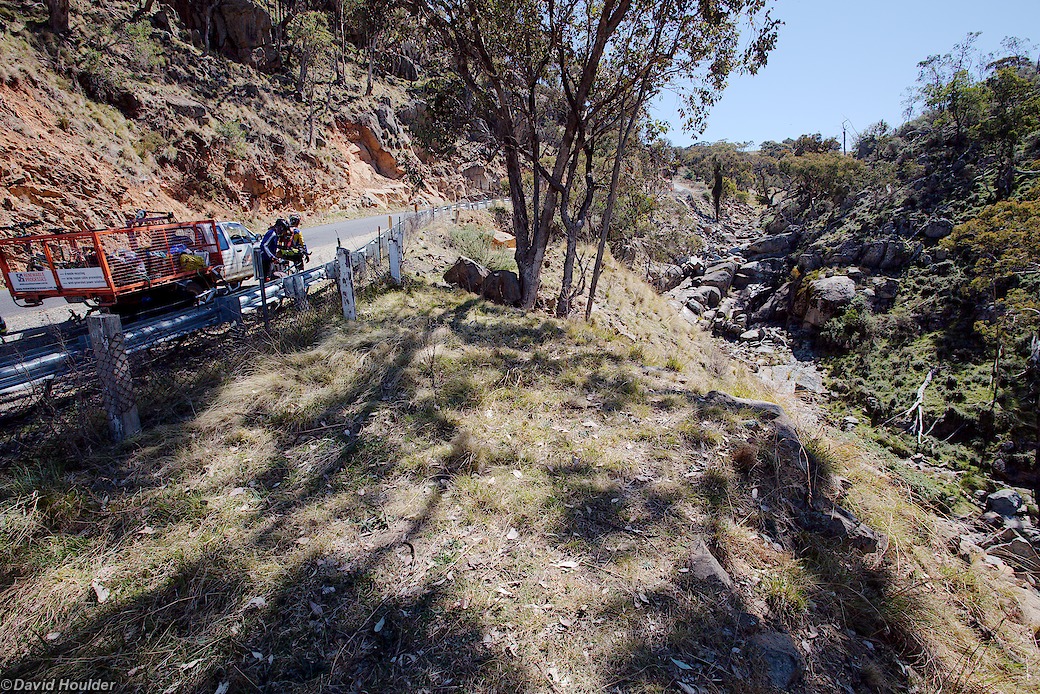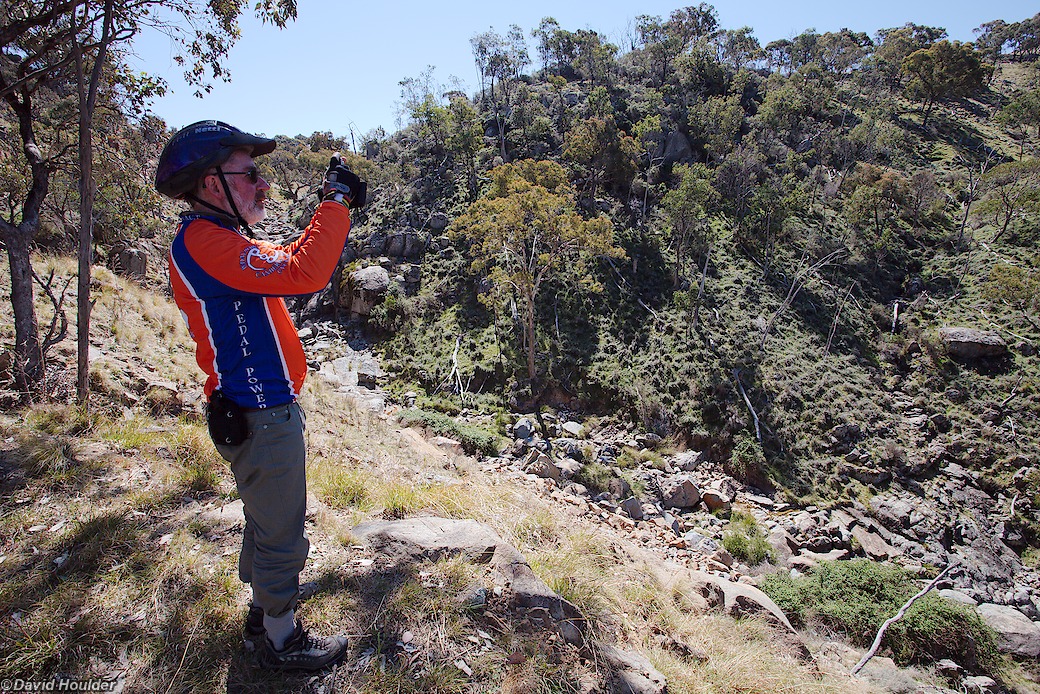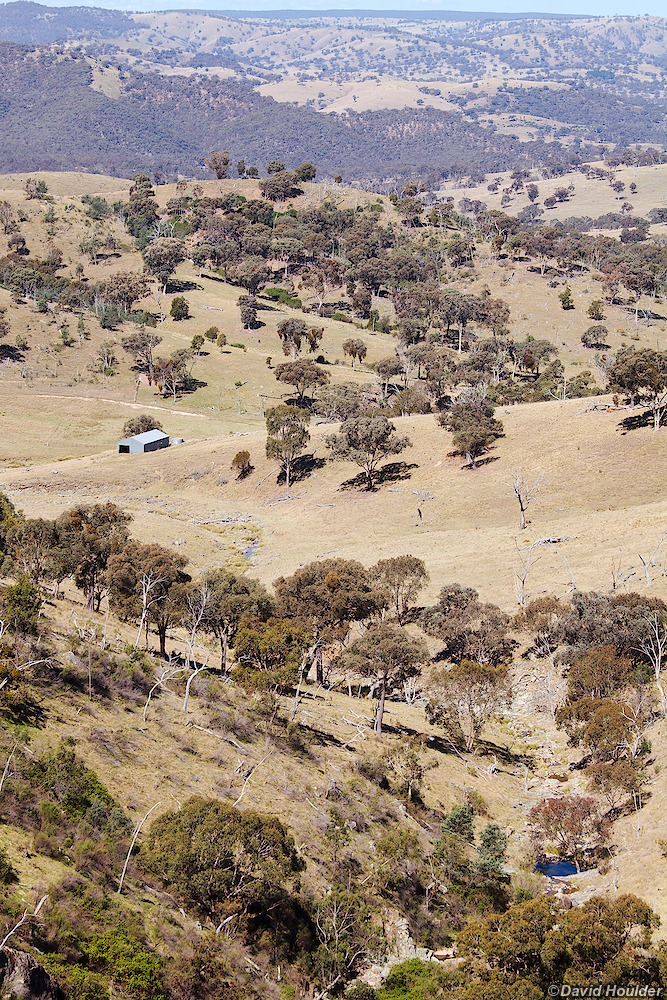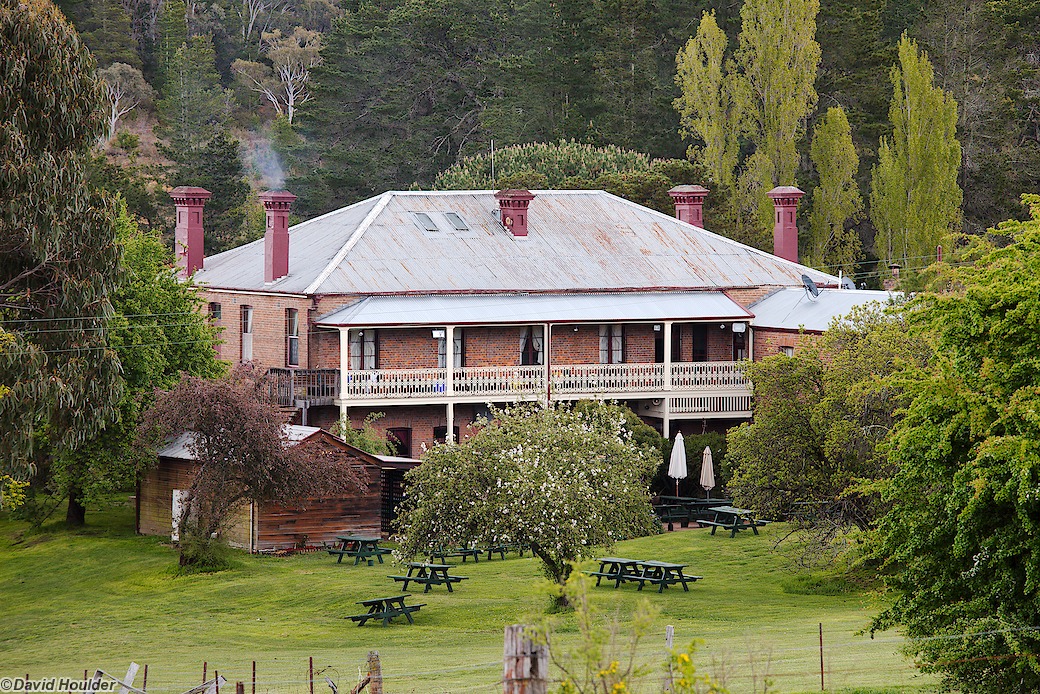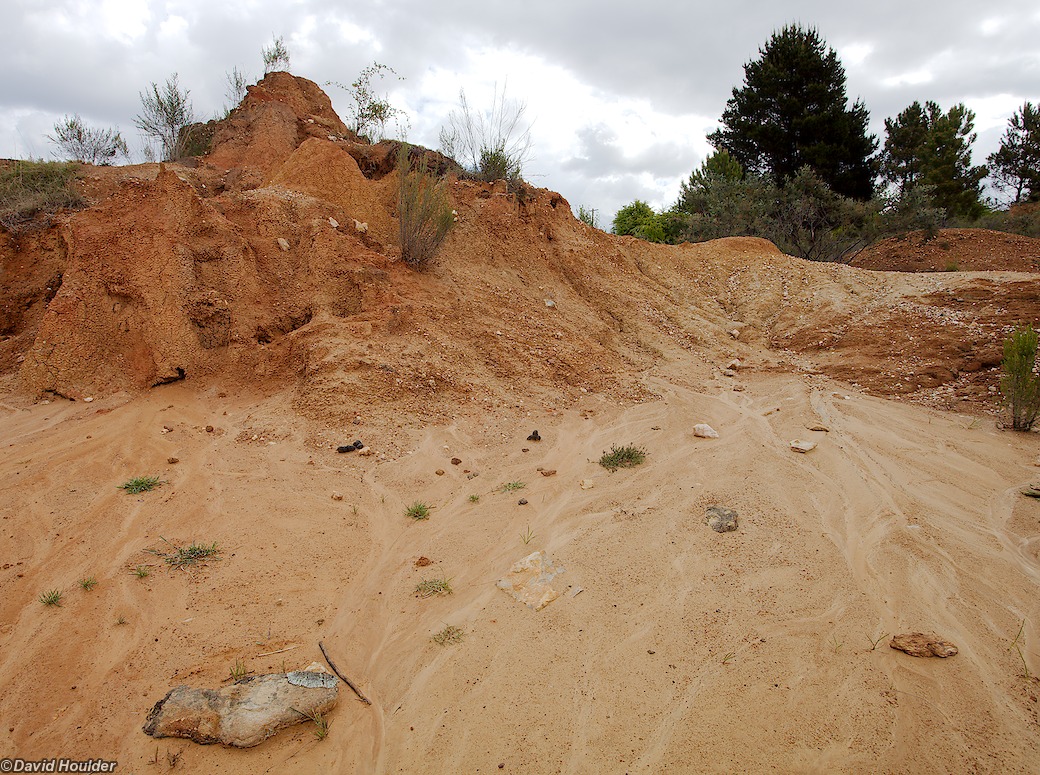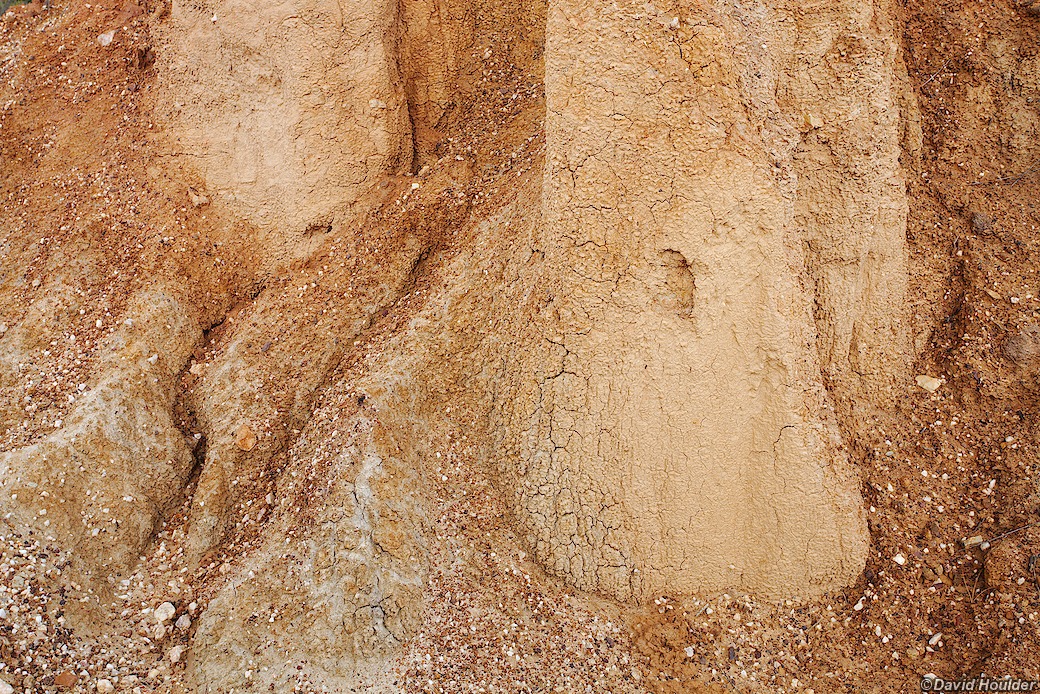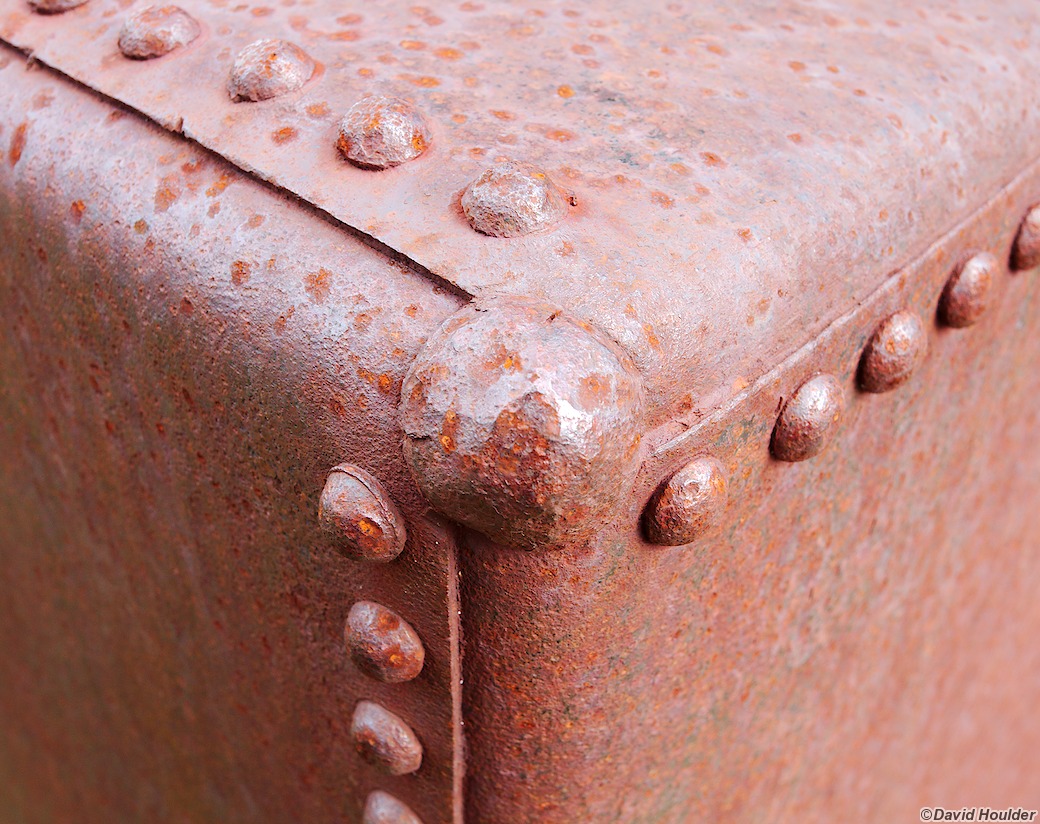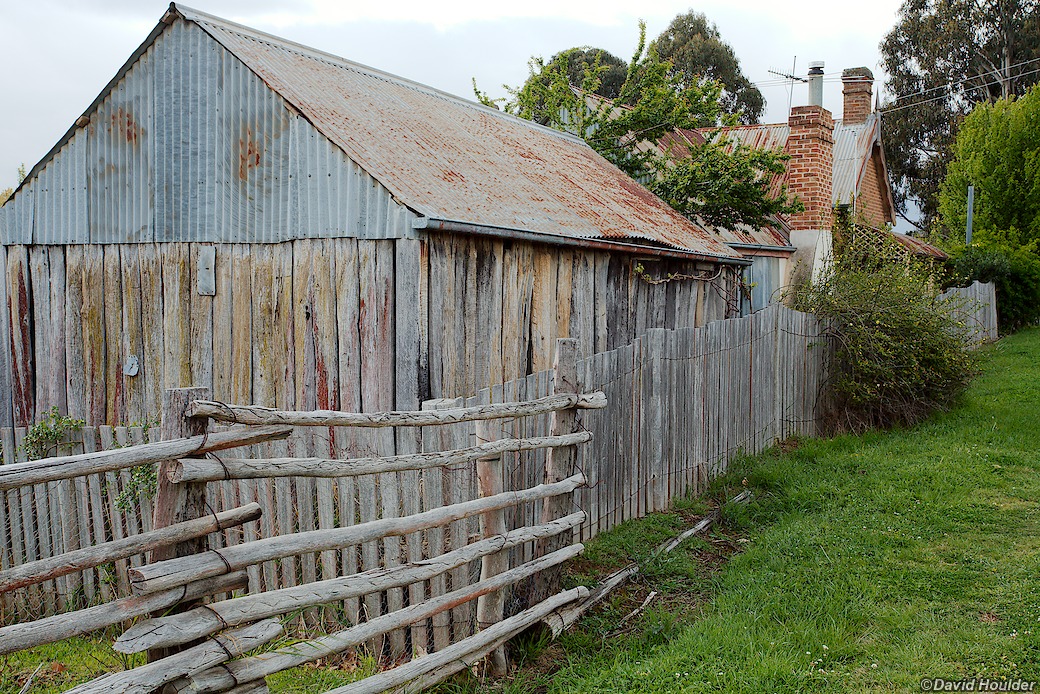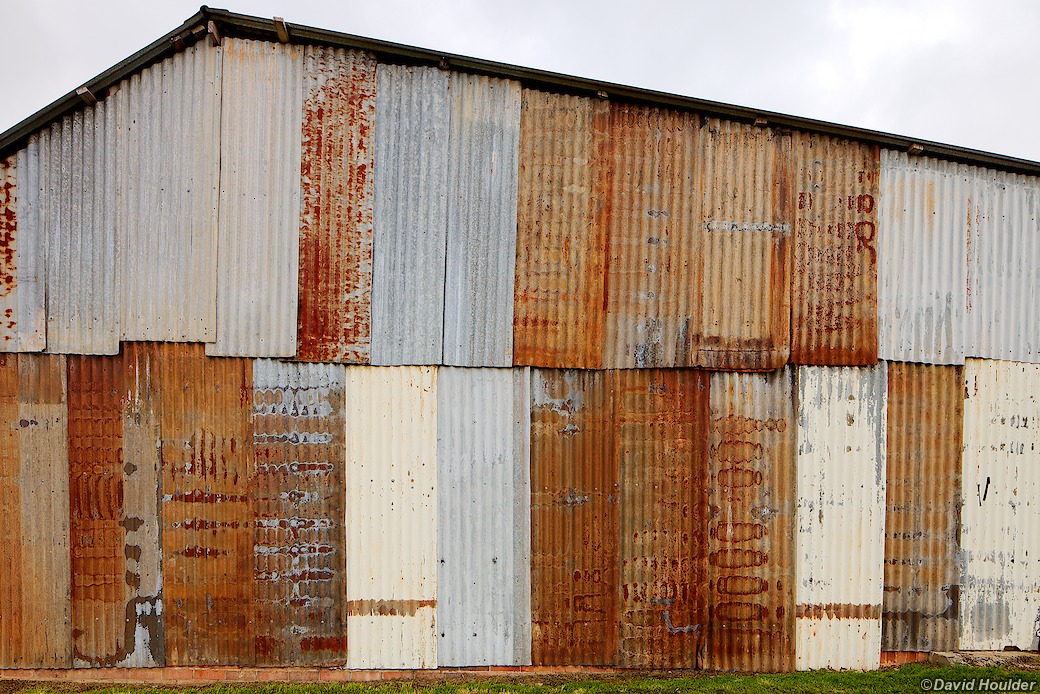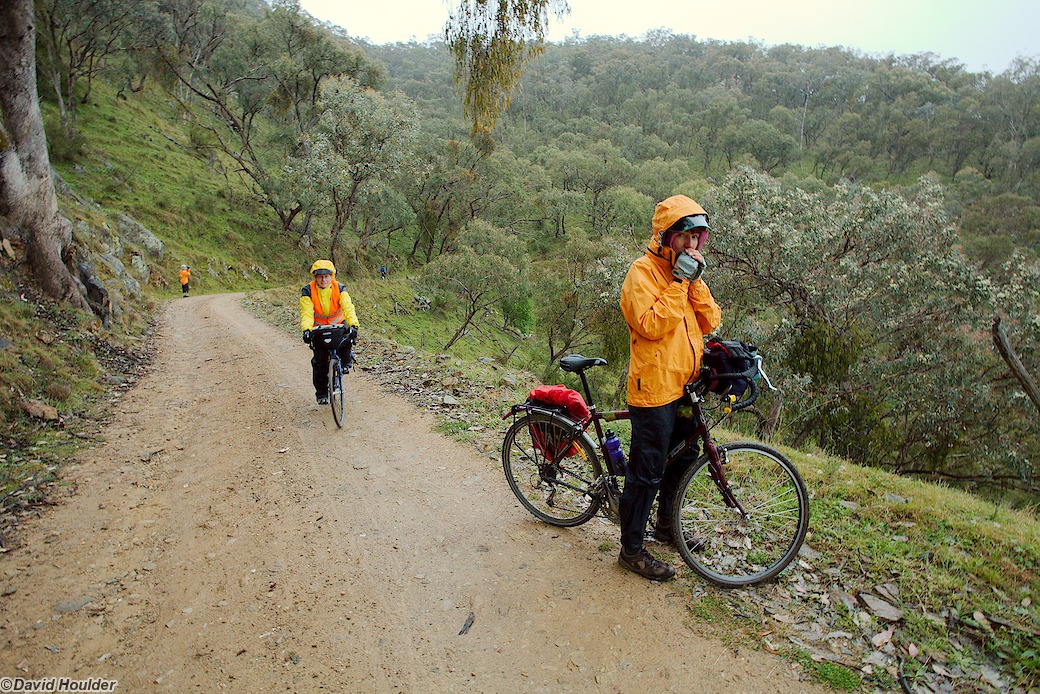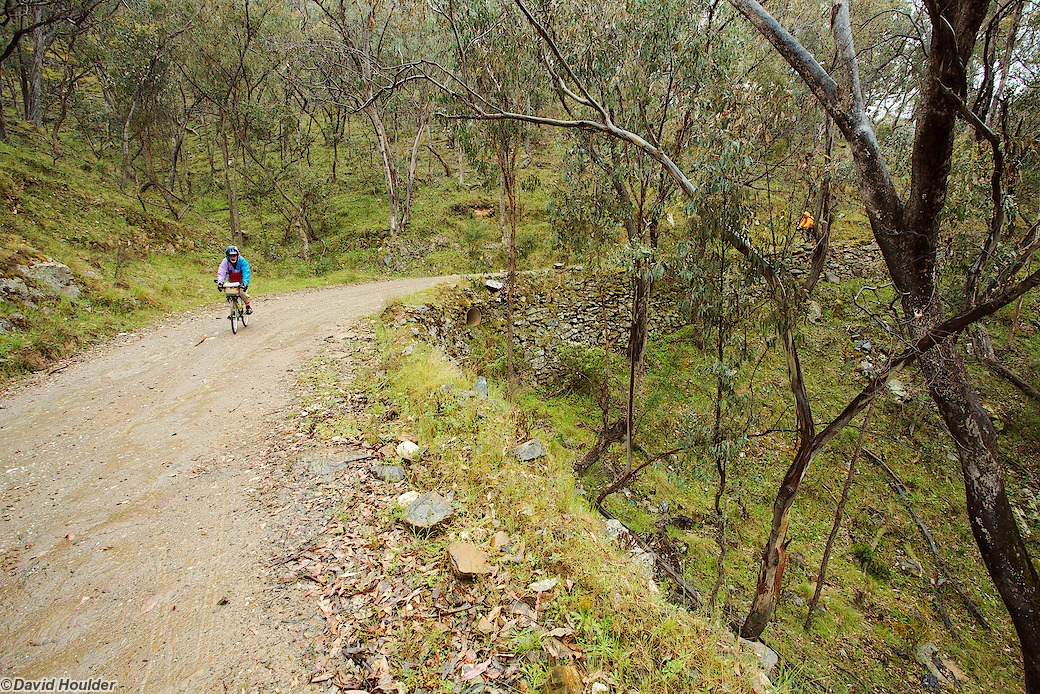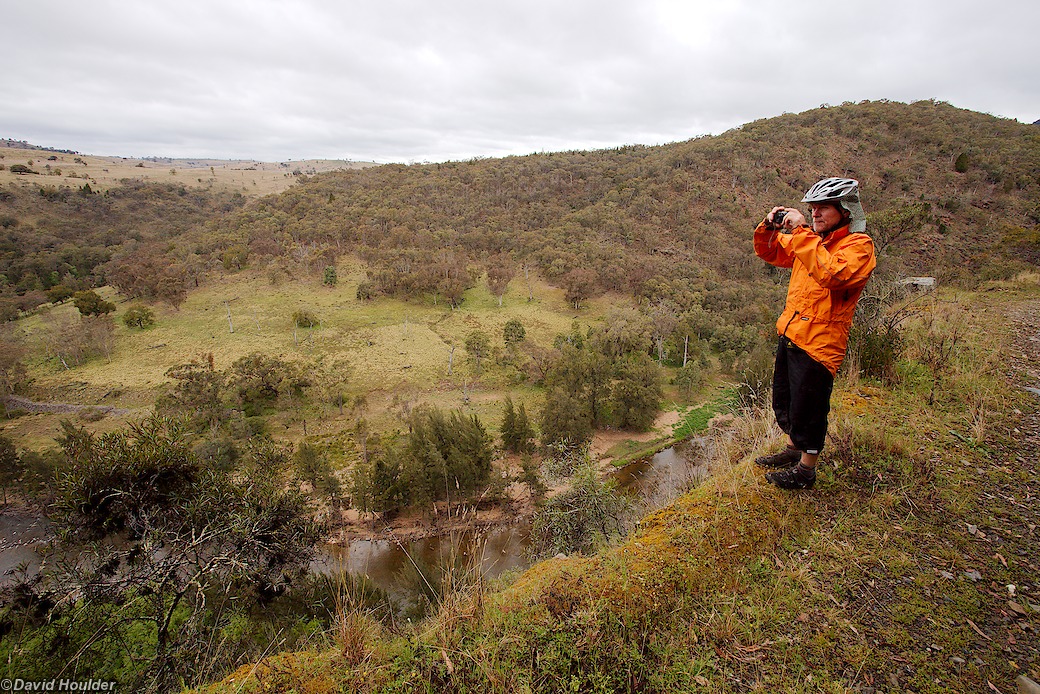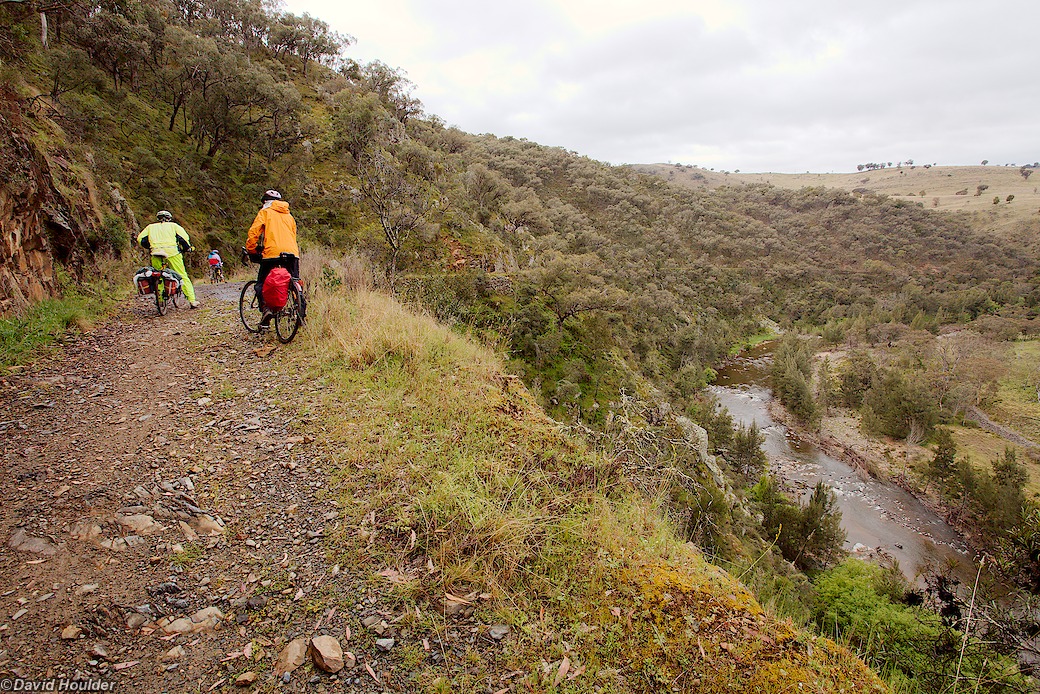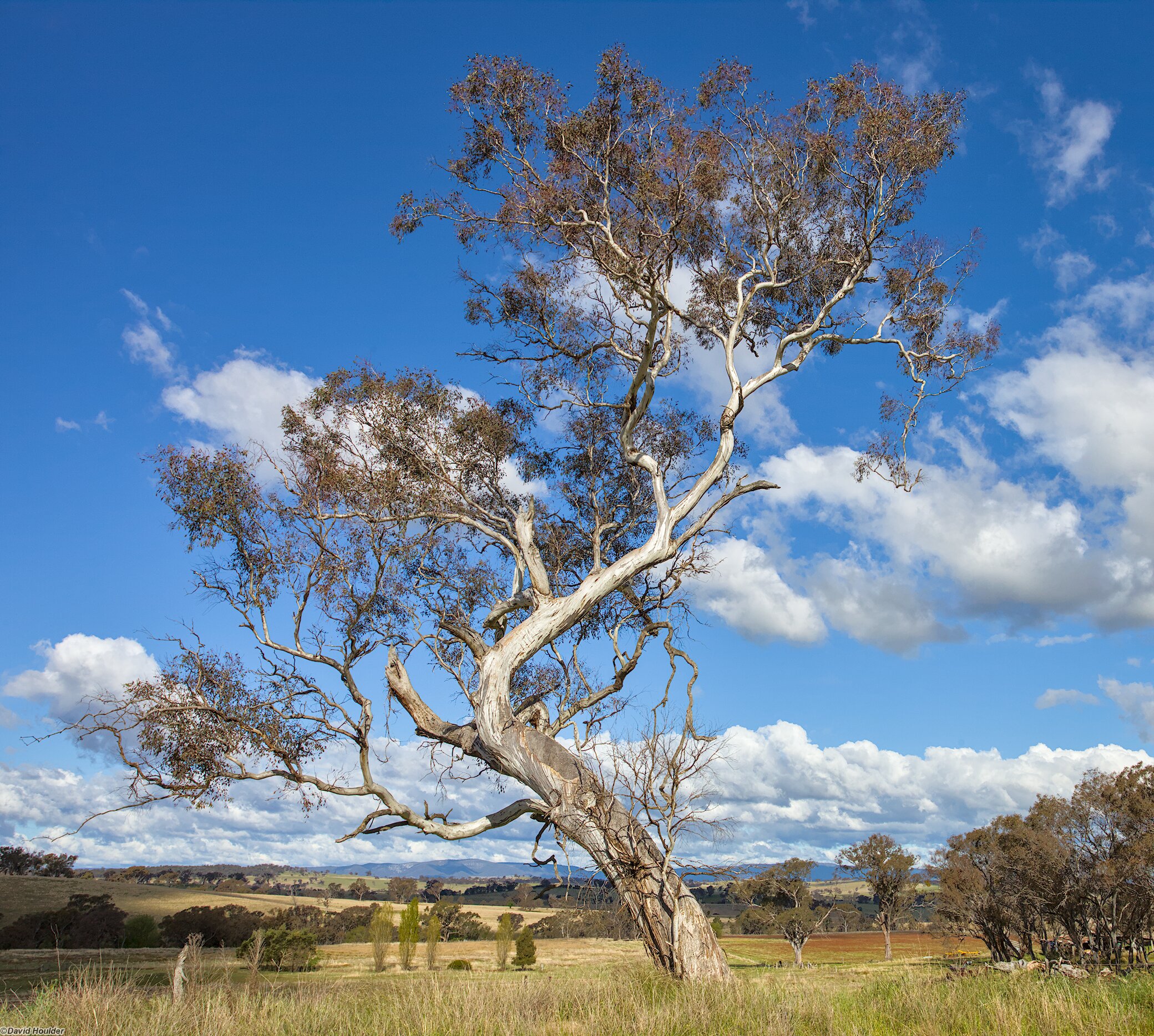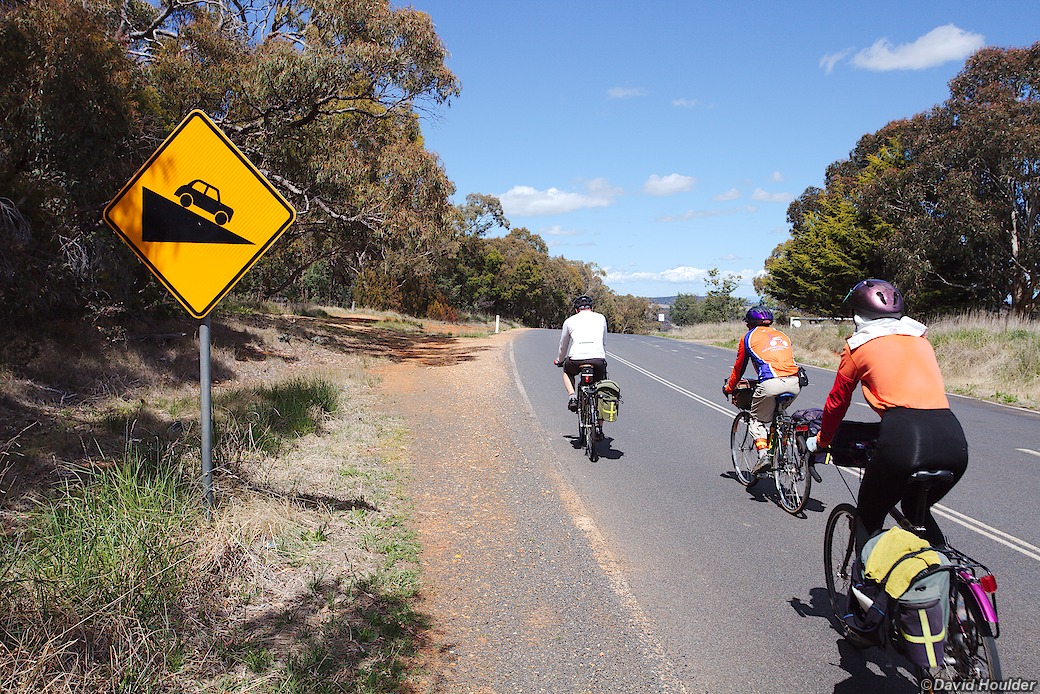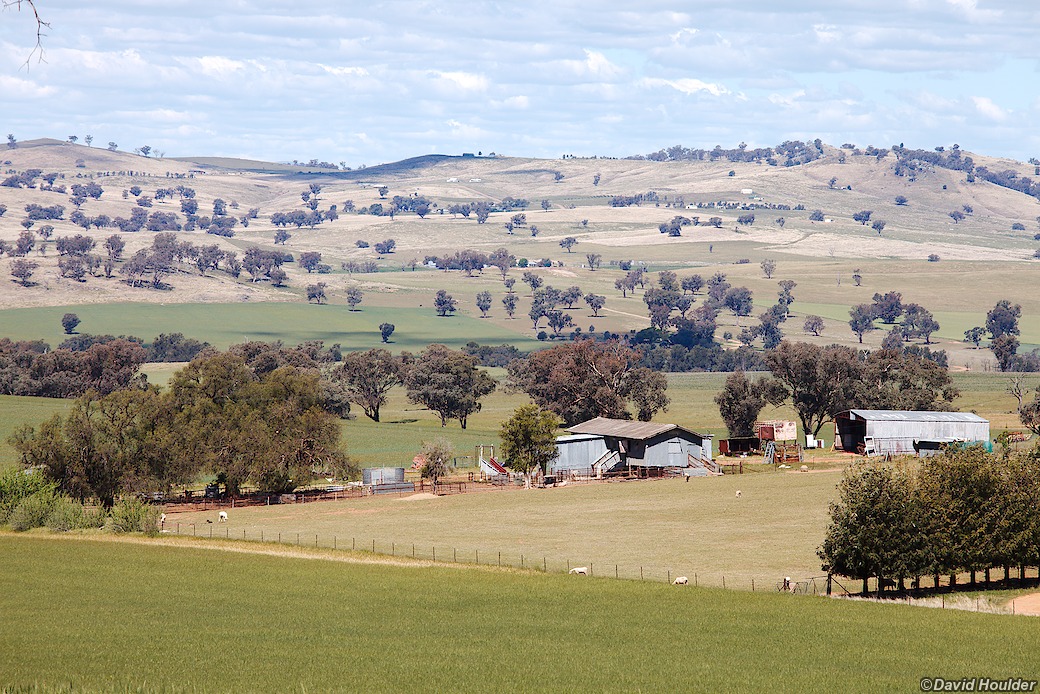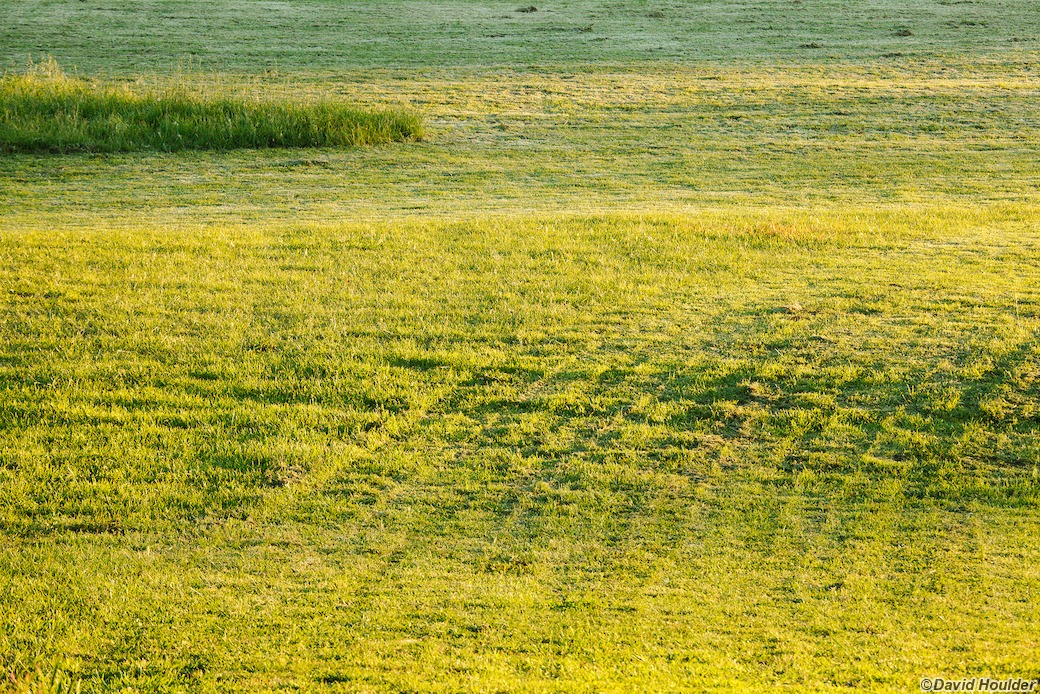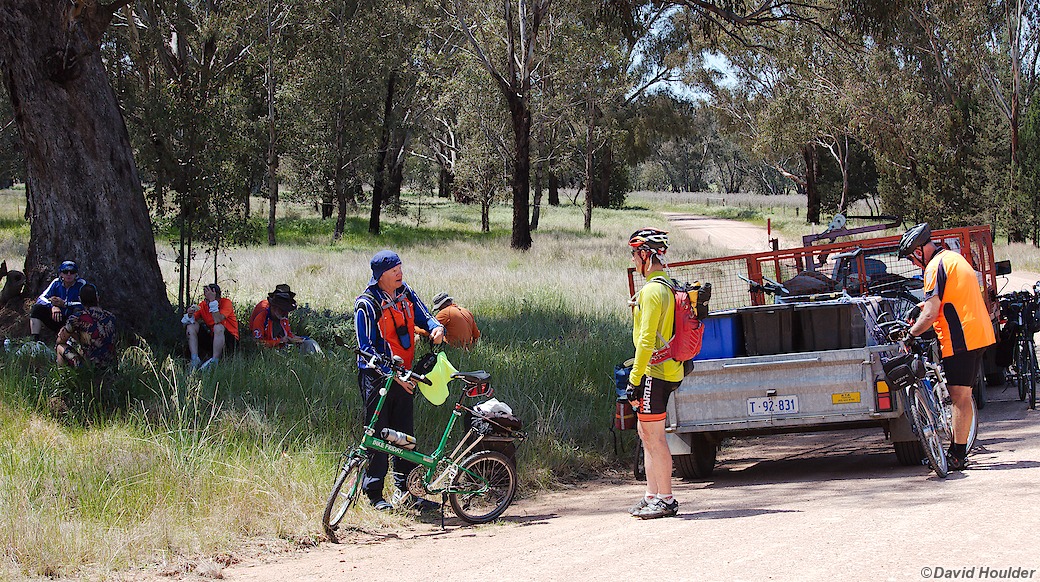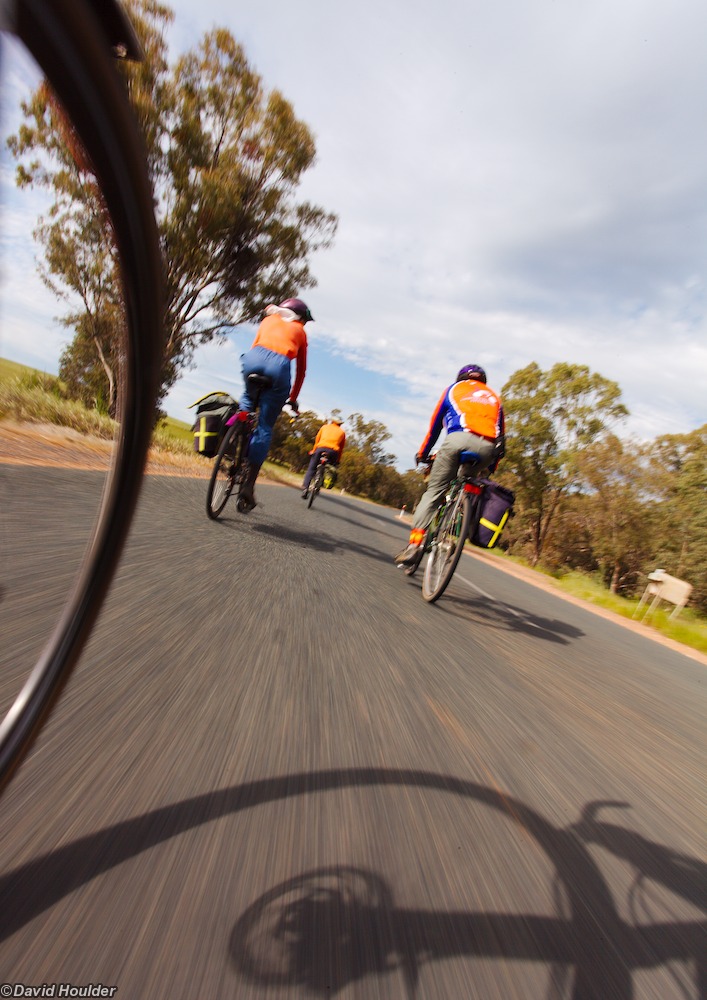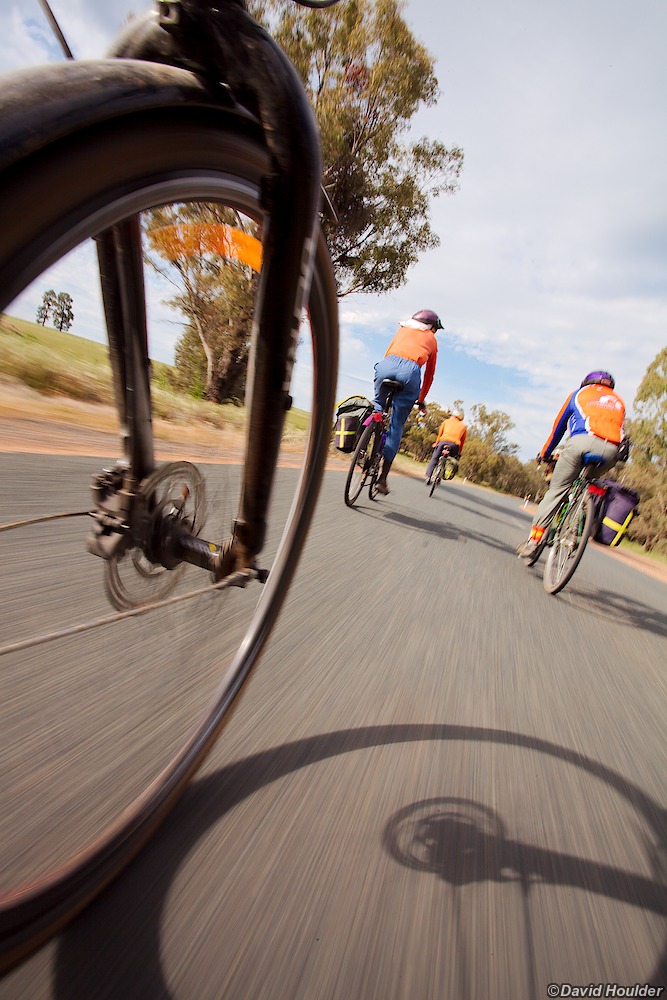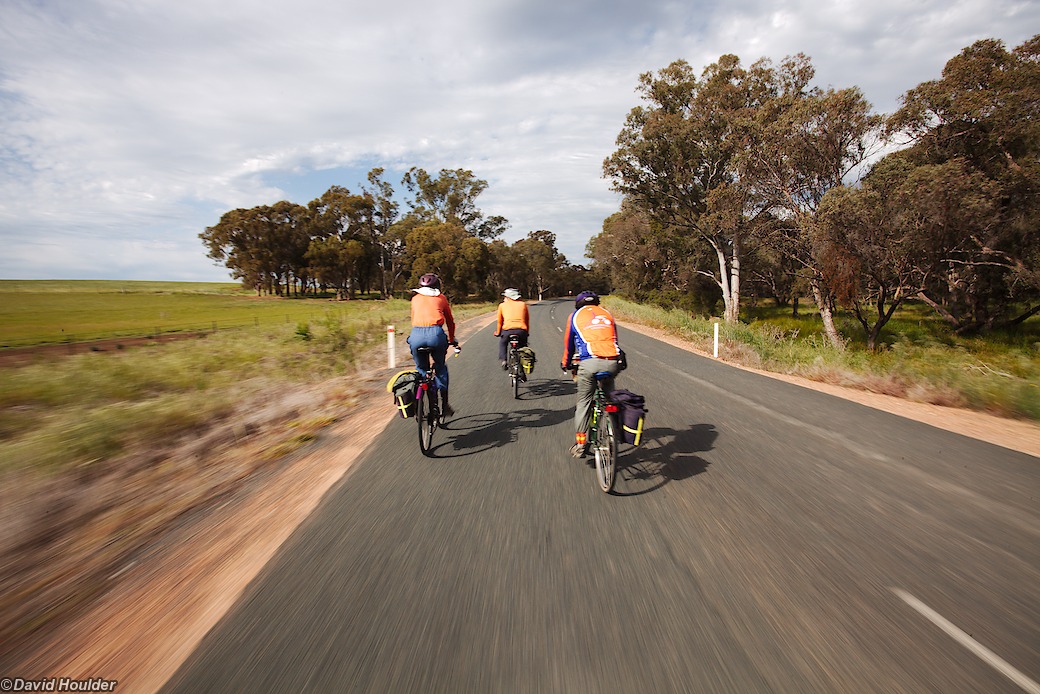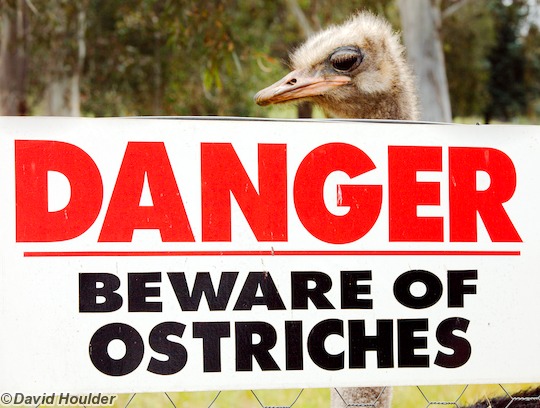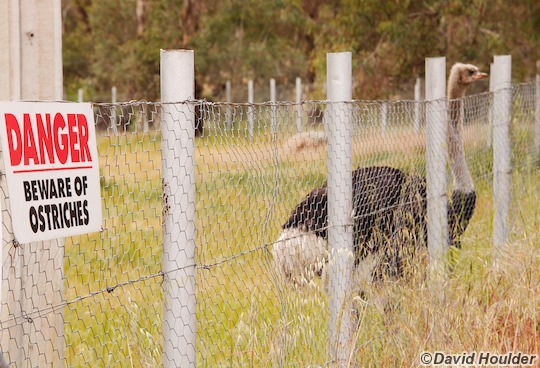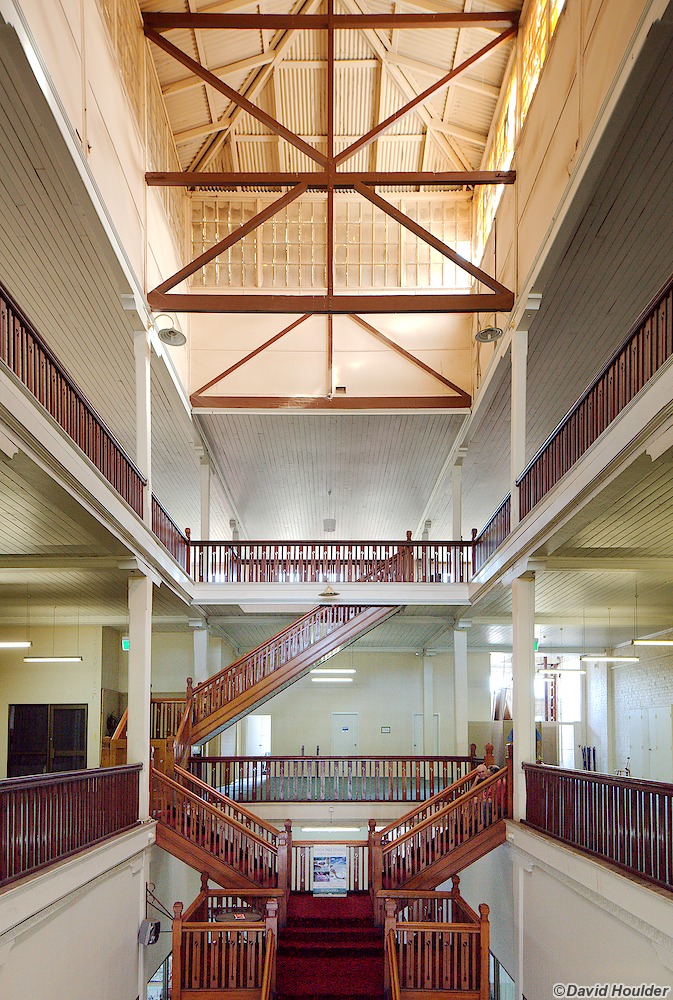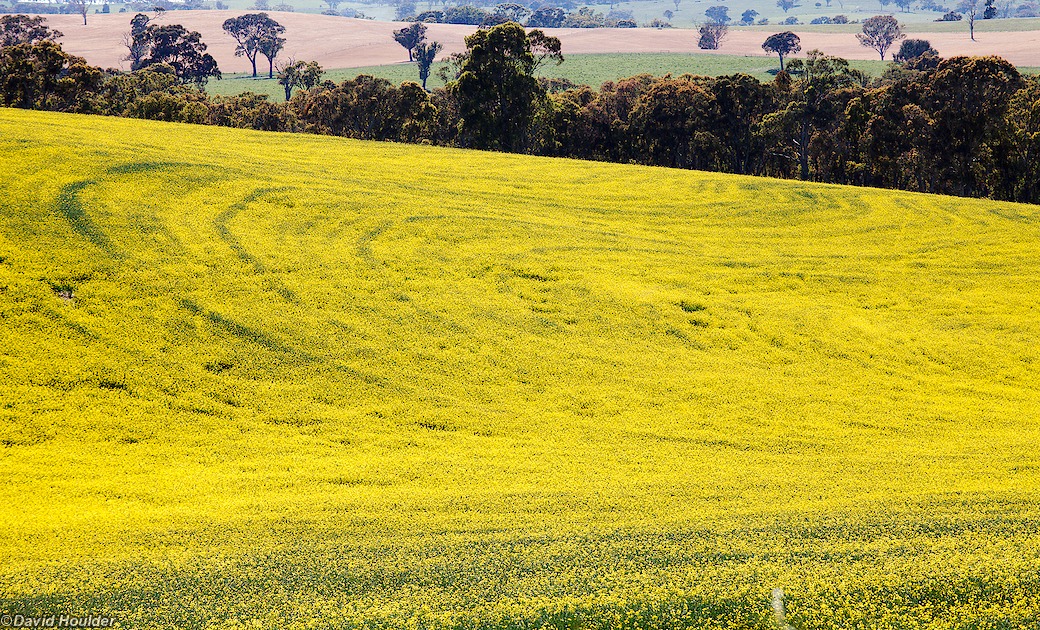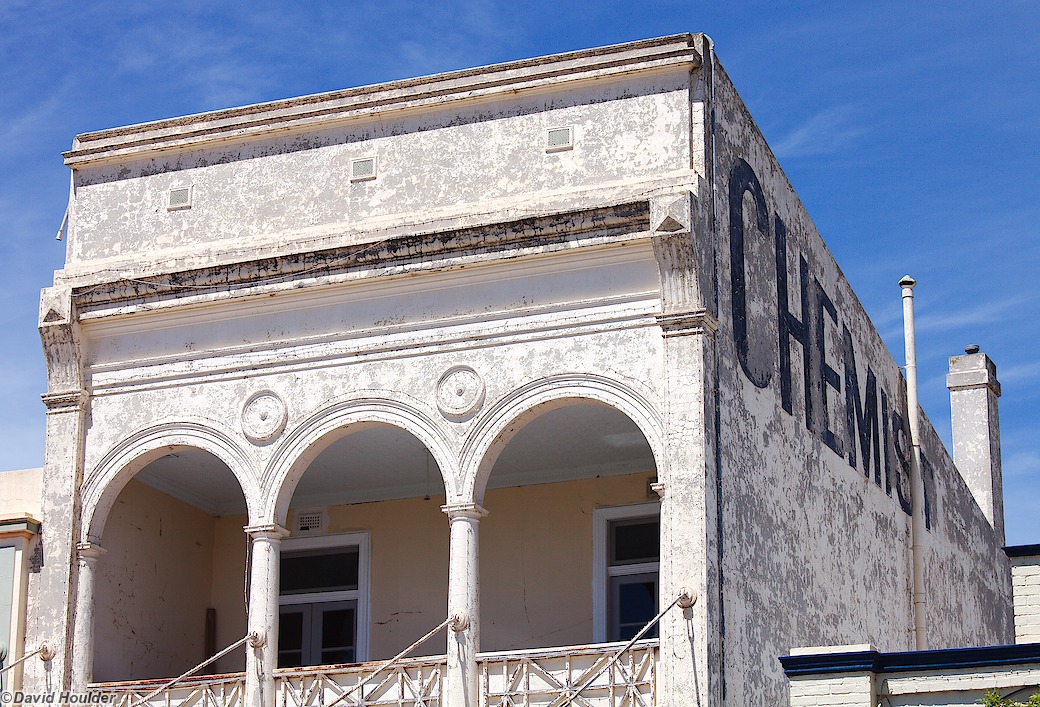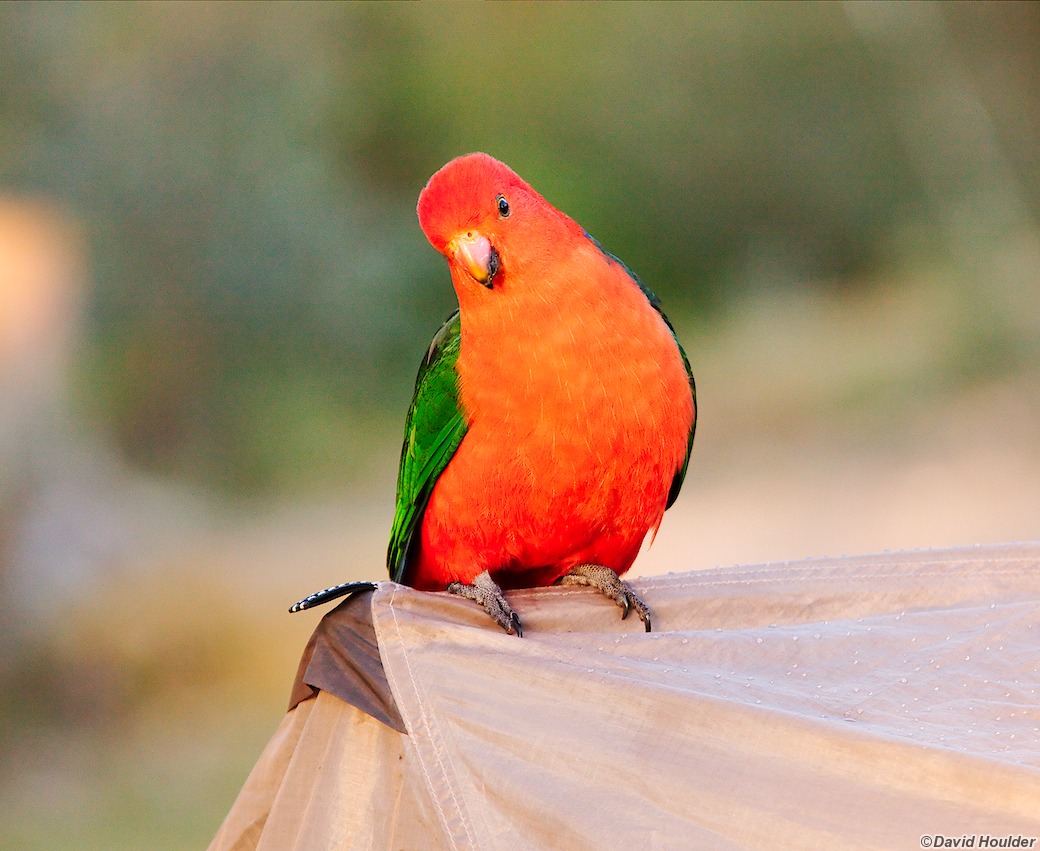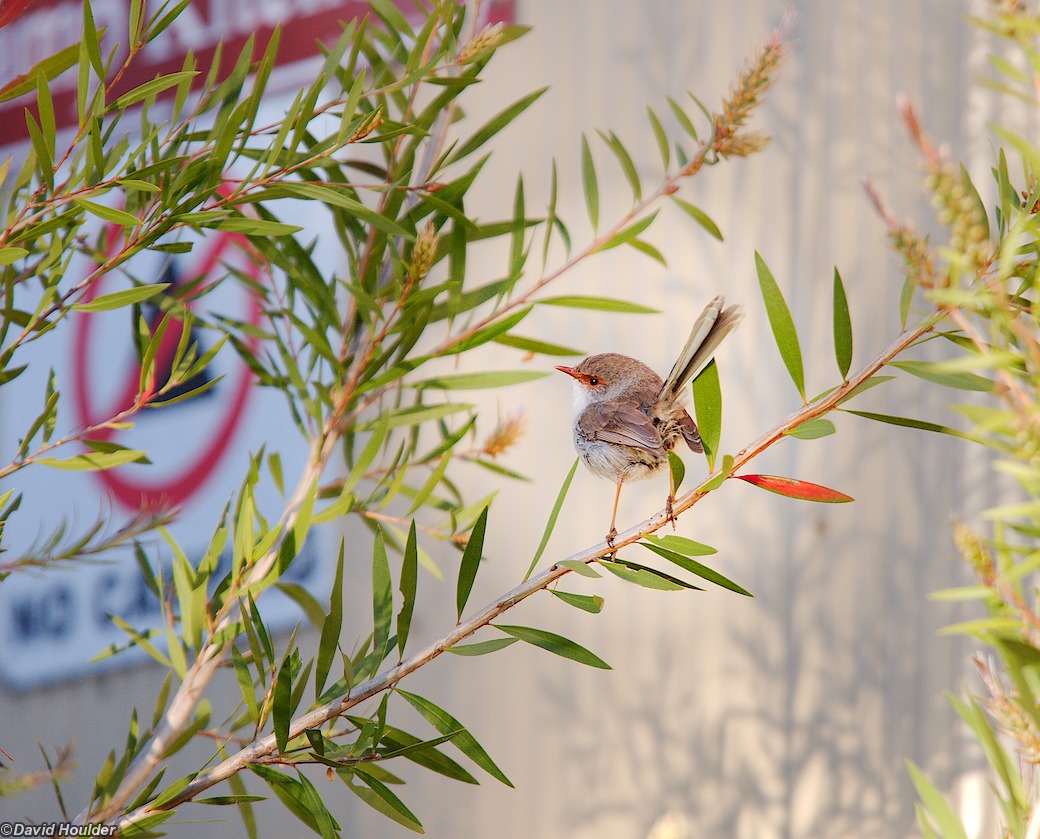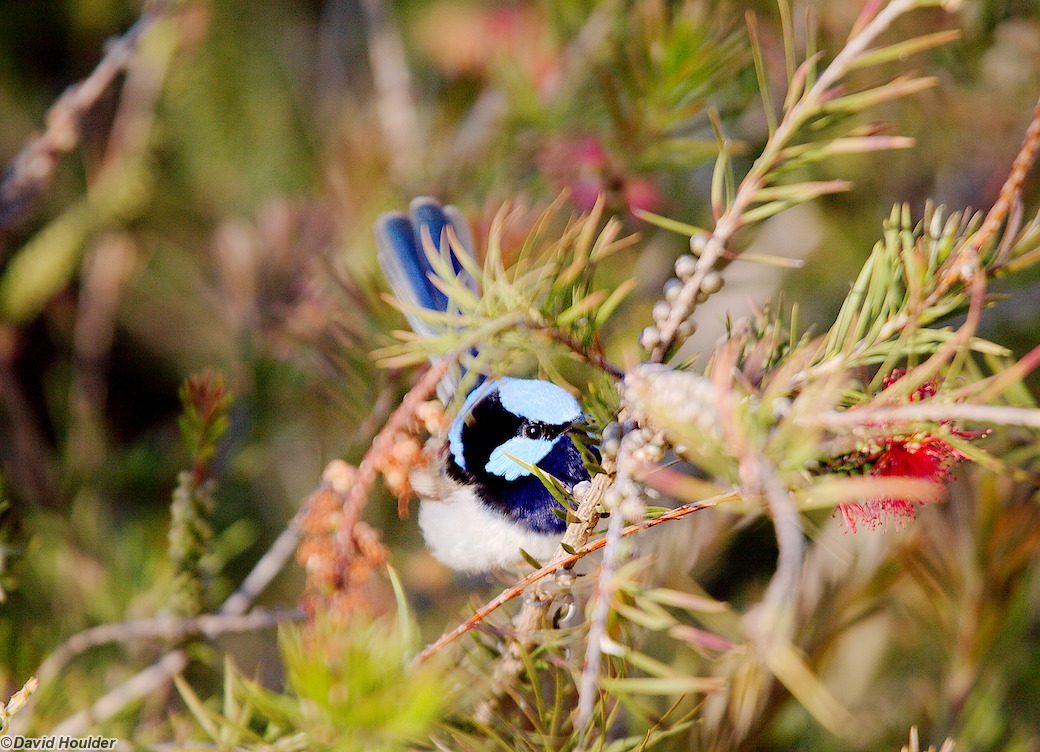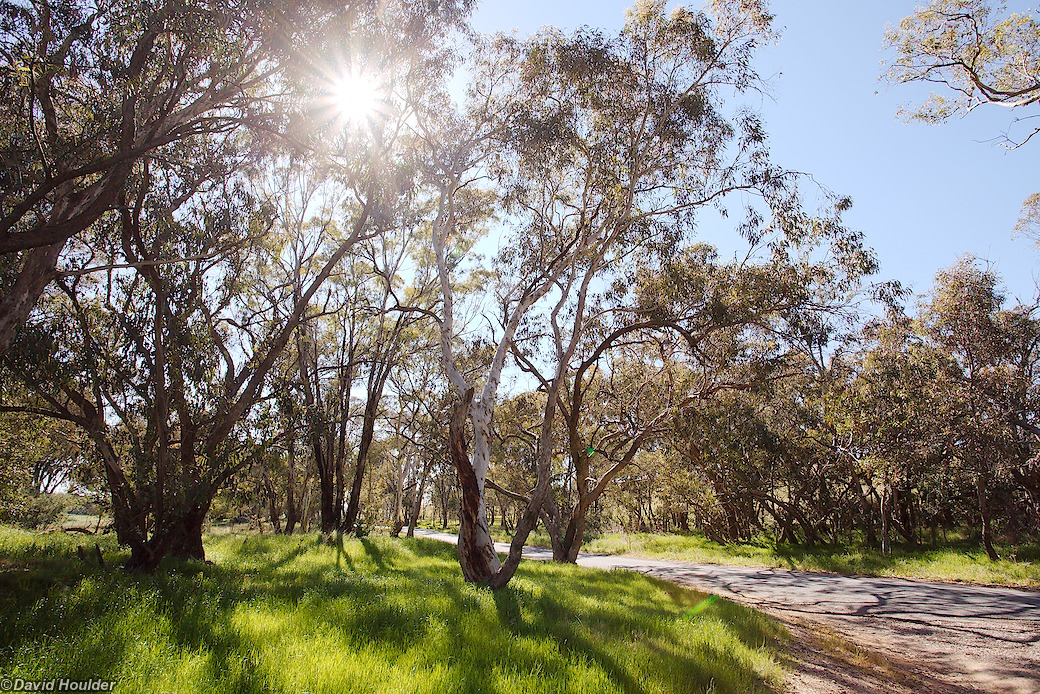This tour winds its way around the central tablelands area of rural New South Wales, a region mainly used for grazing and cropping. The route is punctuated by a few medium-sized towns and cities, which are generally prospering, and smaller communities that seem to have seen busier days - none more so than Hill End, the ostensible destination of the trip.
Hill End was a thriving mining town during the gold rush that started in the 1850s. Today it's basically a tourist attraction.
The route was designed to avoid busy roads as much as possible. By far the least busy road was the Bridle Track, an alternative route down from Hill End that is currently (October 2012) closed to four-wheel vehicles due to a landslip that has removed a chunk of road, accompanied by a car-sized boulder across the remaining lane for good measure. Fortunately, the road is still passable to bicycles - for the time being.
Richard Bush, Silke Smaglinski and Doug Thompson planned the trip for PedalPower members in 2012 for that year's "Spring Scenic tour". We refined the original plan about halfway through the trip to be less ambitious, as we all felt like we'd prefer to have more time in the afternoon at each destination to stuff ourselves with coffee and cake explore. Here's the route we ended up cycling, with links to maps on mapmyride.com:
- Day 1. Canberra to Gundaroo
- Day 2. Gundaroo to Crookwell
- Day 3. Crookwell to Abercrombie Caves
- Day 4. Abercrombie Caves to Bathurst
- Day 5. Bathurst to Hill End
- Day 6. Rest day in Hill End
- Day 7. Hill End to Bathurst via the Bridle Track
- Day 8. Bathurst to Orange or alternate route
- Day 9. Orange to Canowindra
- Day 10. Canowindra to Grenfell
- Day 11. Grenfell to Young
- Day 12. Young to Binalong
- Day 13. Binalong to Burrinjuck
- Day 14. Burrinjuck to Yass
- Day 15. Yass to Canberra
Thanks to Richard for organising the trip, Silke, Doug and Richard for route planning and mapping, and Arunas Pilka for the support vehicle and trailer.
